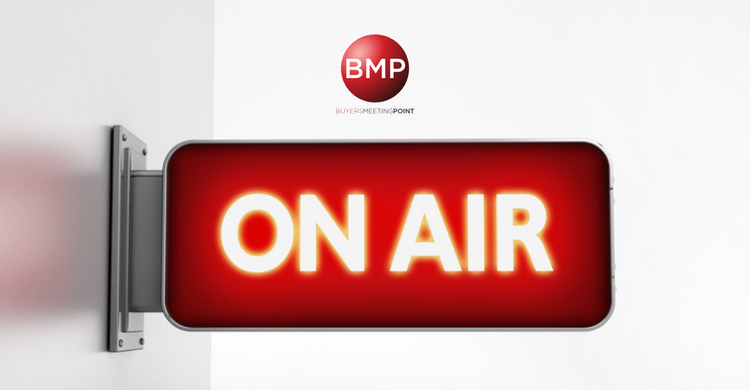
The ISM-New York Report is a highly regarded indicator of business conditions in the New York Metro area including a six-month outlook, employment index, and current and expected revenues.
For anyone new to either the ISM-New York Report on Business, or the national or other regional reports for that matter, the survey results are compiled as diffusion indices – meaning we take the percent of positive responses plus one-half of those responding that conditions remained the same (which we consider positive). A reading of 50% means no change from the prior month, greater than 50% indicates a faster pace of activity, and less than 50% a slower rate. Each month is not so much a reading of the current level of activity as it is a trend up, down, or the same from the previous month. As I run through the numbers in a minute, you can consider anything above 50 good news and anything under it… well, not so much.
A note specific to the New York Metro area, where all of this report’s respondants are located: they are predominantly in services industries: information services, finance, insurance, scientific, technical, and educational. While I’m sure that does not come as a surprise, it is important to keep in mind when you think about the trends being reported by purchasing managers through this report.
With that background, let’s transition to this month’s report.
In November, New York City purchasing managers reported across the board increases. Every single index went up, some more significantly than others. This month’s findings show the New York metro area in alignment with many of the other economic indicators being tracked – even on a national level.
Report Rundown
Current Business Conditions were at 58.1 in November, up from 51.6 in October. In October, Current Business Conditions increased for the first time since July, and in November they reached a four-month high.
The Six-Month Outlook increased to 69.7 in November, up from 62.6 in October. This month marks the first two consecutive months of increases since November and December of 2016. The six-month outlook has been a reliable short-run guide for current business conditions over time.
Employment, a seasonally adjusted index, was 64.6 in November, reaching the highest level since August of 2015. Quantity of Purchases reached an eight-month high of 56.3 after October’s 14-month low of 45.0.
News for the top line and forward guidance were both positive in November as well. Current Revenues came in at an eight-month high of 64.3 in November, up nearly 20 points from 45.5 in October. Expected Revenues were at 71.4 in November, tying with November 2015 and reaching a 15-month high.
Prices Paid increased slightly to 62.5 in November from 60.0 in October, but it was enough to reach a 12-month high and less than the significant increase to Current Revenues. This is important because while we would want things like current business conditions and the six-month outlook to go up, anyone in procurement would prefer to see prices paid go down. That said, because current revenues increased so much more than prices paid in November, it is reasonable to think that the margin exists to cover price increases and make a profit as well.
Further Consideration
We’ve had a great deal of up and down over the last few months, reflecting the uncertainty in the economy in general and the New York Metro area more specifically.
The potential for corporate and personal tax cuts that the White House and Senate Majority Leader Mitch McConnell have indicated they will sign before Christmas, has the markets trading high and consumer confidence up at a particularly critical time of year. According to a recent article in the Wall Street Journal (see links if you have a subscription) “…gross domestic product grew at a 3.1% annual rate in the second quarter, 3.3% in the third, and many economists estimate it is growing between 2.5% and 3% in the fourth quarter.” The rate of inflation is up, but below the point where the Fed would consider it an indication that the economy is overheating and intervene by raising interest rates. Unemployment is headed down, expected by some to fall to 3.7% in 2018 and 3.5% by the end of 2019. This would bring it to the lowest level seen since 1969. On Thursday, November 30th, the Dow posted its biggest one-day gain in a year, increasing more than 330 points to close above 24,000 for the first time.
There are so many moving pieces that have to be watched – some of which have already been baked into the current market levels – that is it hard to know which changes to business conditions, employment, and short-term outlook will have staying power. What you can be sure of is that we will be watching them all – through the eyes and ears of New York City purchasing managers.
Please feel free to share your comments and feedback on this month’s report as well as to share it with anyone from your network that you feel would benefit from the information.
Remember to check back in with me on Wednesday, January, 4th – due to the markets being closed on Monday, January 1st, for the release of the December report, the first of 2018.
Links and Resources:




